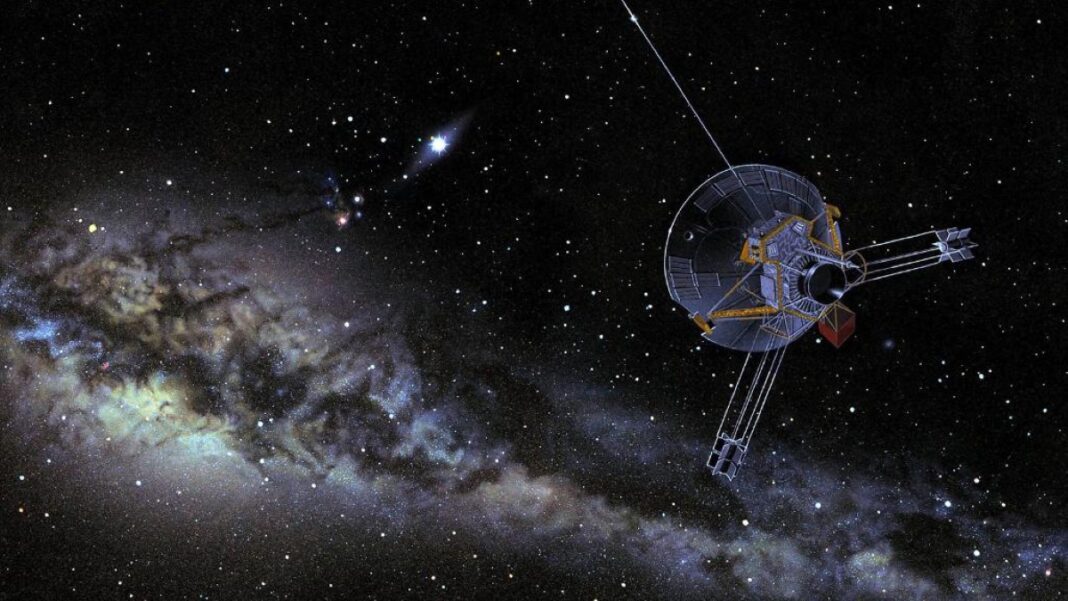UNITED STATES: On March 2nd, 1972, NASA launched the groundbreaking Pioneer 10 mission into space from Cape Canaveral, Florida.
The Pioneer 10 spacecraft, designed and built by NASA, embarked on a journey that would make history and expand our understanding of the universe.
The Pioneer 10 mission was the first to send a spacecraft beyond the asteroid belt and into the outer reaches of our solar system, ultimately becoming the first man-made object to leave the solar system and enter interstellar space.
The launch of Pioneer 10 was a significant milestone for NASA and the scientific community.
NASA designed the spacecraft to explore the outer planets, including Jupiter, Saturn, and beyond, sending back valuable data and images of these uncharted regions of space.
In addition to scientific discovery, Pioneer 10 also carried a plaque that NASA designed to communicate information about Earth and its inhabitants to any potential extraterrestrial life forms that may come across the spacecraft.

The plaque, designed by a team led by Carl Sagan, featured a diagram showing the location of Earth relative to other stars in the galaxy, as well as images of a male and female human along with information about our planet’s biology, chemistry, and technology.
The launch of Pioneer 10 was a spectacular sight to behold. The spacecraft was carried into space by an Atlas Centaur rocket, one of the most powerful rockets of its time.
The launch occurred on a clear day, with the sun shining brightly over the Florida coast. Crowds gathered along the shoreline to witness the historic event, including several scientists, journalists, and the public.
As the countdown reached zero, the engines roared to life, sending a plume of smoke and fire into the sky.
Slowly but steadily, the rocket lifted off the launchpad, with the force of its engines shaking the ground beneath it.
The rocket quickly gained altitude, leaving the Earth’s atmosphere and entering space. The spacecraft separated from the rocket, and the mission was officially underway.
Over the next several years, Pioneer 10 would travel over 7 billion miles through space, sending back valuable data about the outer planets, including the first close-up images of Jupiter and its moons.
The spacecraft also measured the temperature, magnetic fields, and the outer solar system’s radiation levels, providing invaluable insights into the environment beyond our planet.
As Pioneer 10 continued on its journey, it became the first spacecraft to cross the asteroid belt, a region filled with rocky debris that orbits the sun between Mars and Jupiter.
The spacecraft then made its closest approach to Jupiter in December of 1973, passing within just 81,000 miles of the giant gas planet.
The data and images sent back by Pioneer 10 provided scientists with a wealth of information about Jupiter’s atmosphere, magnetic field, and moons.
Today, Pioneer 10 still travels through space, although NASA lost contact with the spacecraft in 2003.
Despite its eventual silence, the Pioneer 10 mission remains a groundbreaking achievement in space exploration’s history, paving the way for future missions to explore the outer reaches of our solar system and beyond.
Also Read: NASA Nominates First Woman for the Position of Science Chief



